LifeWithMyDogs is supported by our audience. When you purchase through one of our links, we may earn a small affiliate commission. As an Amazon Associate I earn from qualifying purchases. Your cost is not affected.
**********
Dry skin in dogs can lead to discomfort and indicate underlying health issues, necessitating proactive care and attention. Having shared my home with beloved canine companions who have faced the discomfort of dry skin, I understand firsthand the challenges that come with managing this condition. Through dedicated care and perseverance, I’ve learned valuable insights into how to best support our furry friends through their skin health journey.
In the following discussion, drawing from personal experience and extensive research, we’ll delve into the intricacies of dry skin in dogs. From identifying its causes to implementing effective preventative measures and seeking professional guidance when needed, this exploration aims to equip fellow pet parents with the knowledge and tools necessary to ensure their canine companions lead happy, comfortable lives.
Let’s embark on this journey together, learning how to nurture our dogs’ skin health with compassion and expertise.
Dry Skin In Dogs: Understanding and Addressing the Issue
If you’ve noticed your dog scratching more than usual or spotted flakes on their coat, you might be dealing with dry skin. Here, we’re going to dive into what this condition really entails for your furry friend. Dry skin in dogs may manifest as itchiness, dandruff, and even hair loss. You might see your dog frequently licking or chewing their skin, which is not just uncomfortable for them but can lead to further irritation or infection.

It’s crucial to understand the culprits behind your dog’s dry skin. This can range from allergens in their environment, poor nutrition, or lack of humidity to more serious conditions such as parasites or hormonal imbalances. Something as simple as the weather changing can also have an effect on your dog’s skin health.
You might be wondering, ‘Where does this leave my dog’s overall health?’ Well, persistent skin issues can indicate something deeper that needs attention. Beyond discomfort, dry skin can lower your dog’s quality of life and could possibly point to a systemic issue affecting their overall wellness.

Knowing what to watch for and grasping the potential impact on your dog is key. But it’s also about taking positive steps forward. This isn’t just about spotting the problem; it’s also about promoting your dog’s skin health day-to-day. And that’s what we’ll talk about next. Staying ahead of the curve with some proactive habits can make all the difference for your dog’s skin. We’ll explore how proper nutrition, grooming techniques, and the right living environment contribute to maintaining their skin’s moisture—setting the stage to prevent dry skin issues from the get-go.
Paw-sitive Points to Ponder:
- Identify signs and causes of dry skin in dogs, including scratching and environmental factors.
- Prioritize proactive habits like proper grooming and nutrition to maintain skin health.
- Use moisturizing shampoos and bathe dogs minimally to avoid stripping natural oils.
- Consult a vet for persistent issues and seek science-backed treatments.
Address indoor and outdoor environmental factors and share experiences to support pet wellness.

Daily Habits to Keep Your Dog’s Skin Healthy
You might not realize it, but your dog’s skin health starts with what you do every day. That’s going to include making sure they get the right nutrients, proper grooming, and keeping an eye on the environment they spend their time in.
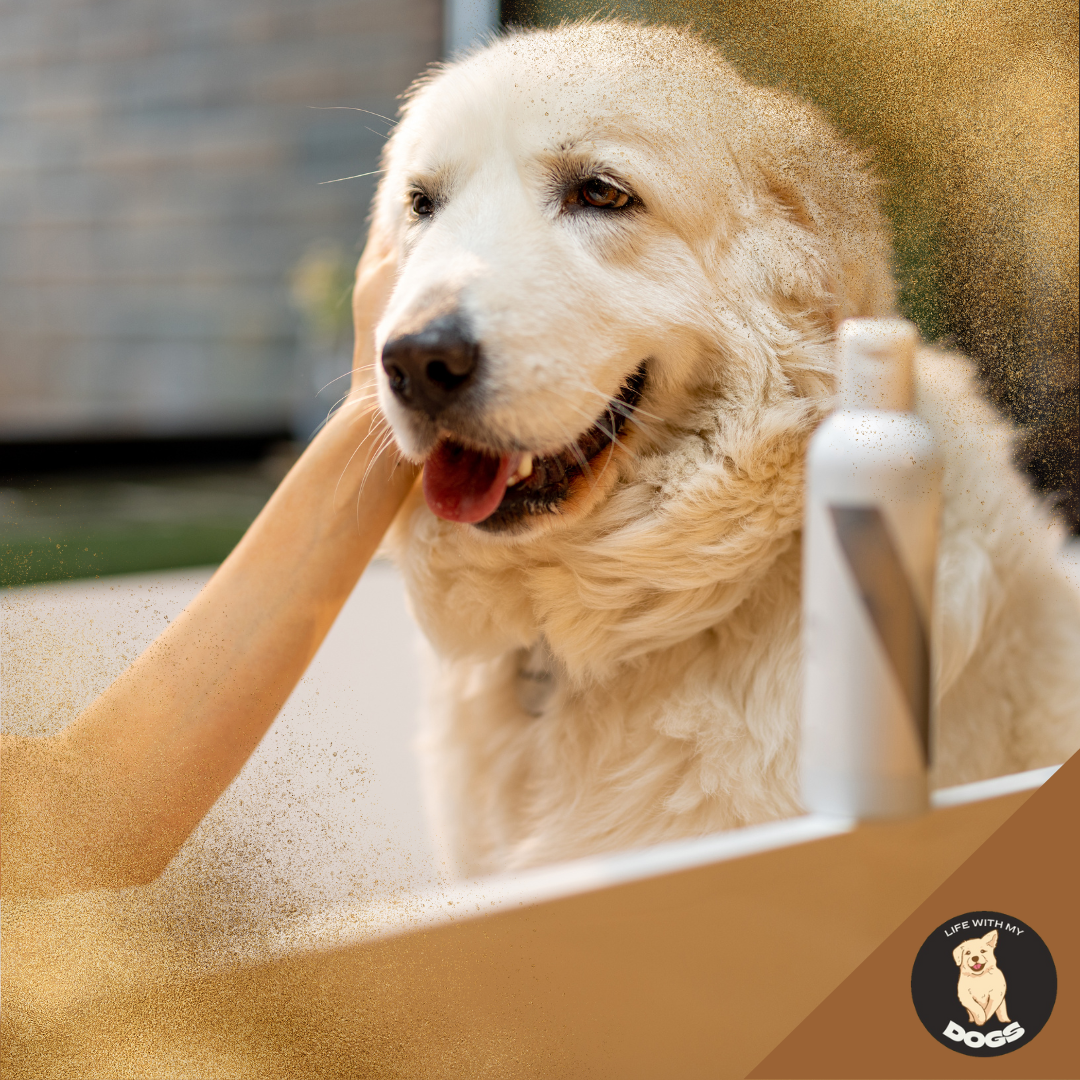
Skin Care Tips for Your Dog
When it comes to taking care of your dog’s skin, perfection isn’t the immediate goal. Start by selecting practices that align with both you and your pet’s routine. For instance:
- Opt for a balanced diet rich in essential fatty acids to support overall skin health.
- Consider incorporating Omega-3 and Omega-6 supplements, either through high-quality dog food or separate supplements, upon your vet’s recommendation.
Grooming for Skin Health
Grooming plays a crucial role in maintaining your dog’s skin health beyond just aesthetics. It contributes to their overall well-being by:
- Regularly brushing their coat to distribute natural oils, thus preventing dry skin.
- Customizing the grooming regimen based on your dog’s breed, coat type, and lifestyle needs.
Environmental Considerations
Additionally, consider the environmental factors that impact your dog’s skin health:
- Assess the indoor environment for dry air caused by heating or air conditioning, which can lead to skin dryness. Using a humidifier may alleviate this issue.
- Ensure outdoor protection from extreme weather conditions and assess the type of grass or ground cover they come into contact with, as these factors can also influence their skin health.
If you keep these daily habits in check, you’re on your way to preventing the majority of issues that lead to dry skin in dogs. But what about bath time? That’s a key part of skin care too, and it’s not as straightforward as you might think. Up next, let’s talk about how to get bath time right.
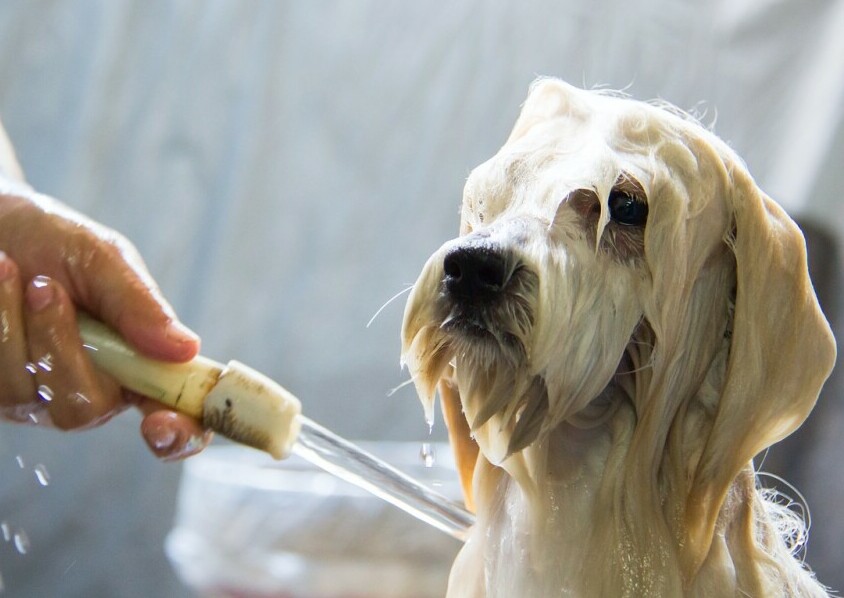
The Do’s and Don’ts of Bathing Your Dog
You might think bathing your dog is pretty straightforward, right? Well, there’s a bit more to it, especially if you’re dealing with dry skin. The products you use and even how often you bathe your furry friend can make a big difference.
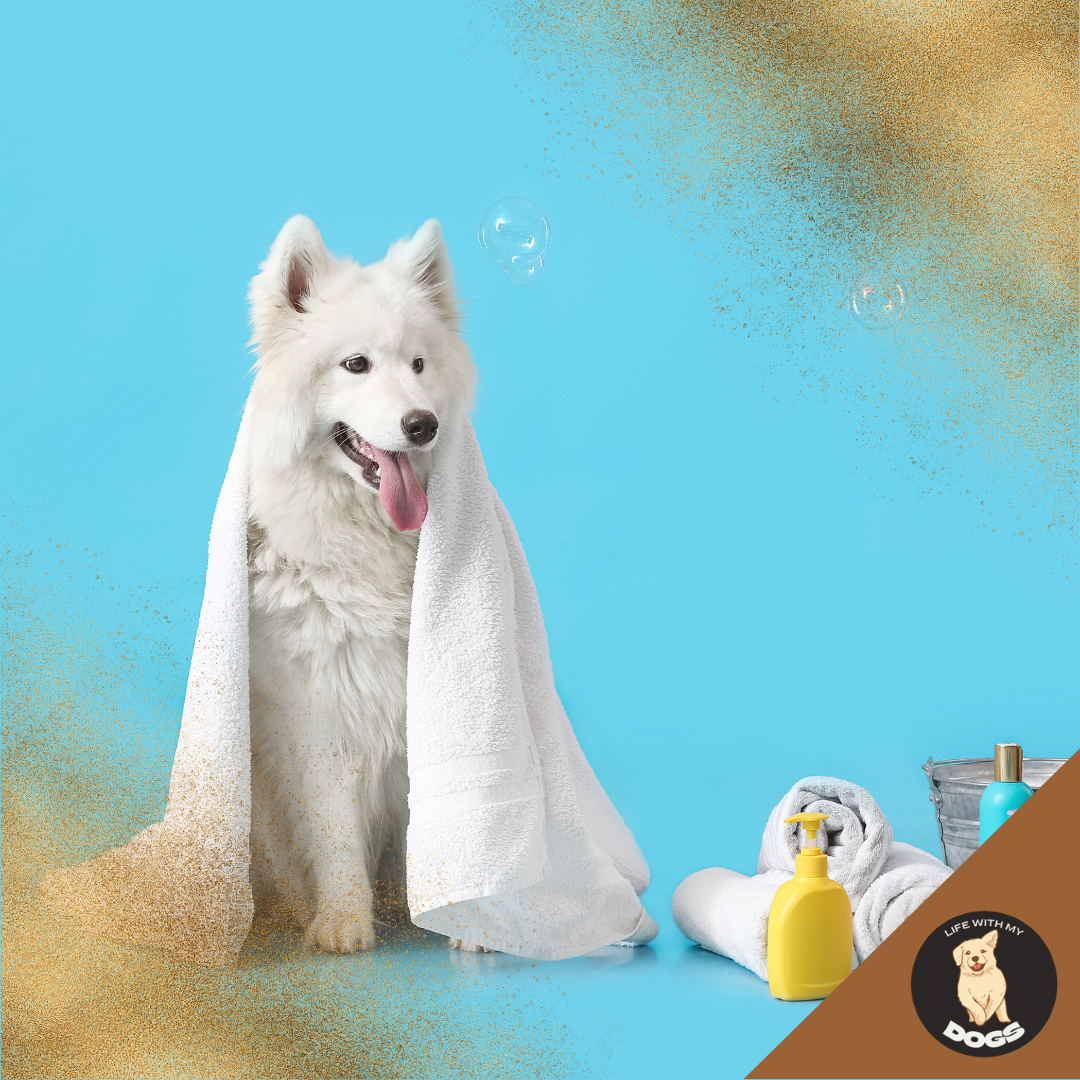
Choosing the Right Products
When it comes to shampoos and conditioners, it’s not one-size-fits-all. Look for products specifically formulated for dogs with dry skin. These typically have moisturizing ingredients like oatmeal or aloe vera. Please, don’t reach for your own bottle of shampoo; the pH levels aren’t suited for dogs and could worsen the condition.
Frequency Matters
So, how often should you bathe your dog? It’s a common belief that more baths mean cleaner, healthier skin, but that’s not always the case. In fact, too frequent bathing strips away the natural oils from their coat, leading to even drier skin. Generally, dogs only need a bath every few weeks, but this can vary based on their breed, lifestyle, and current skin condition.
Bathing Technique Tips
Now, let’s talk about the actual bathing technique. Use lukewarm water, as hot water can increase dryness. Begin with a gentle, thorough wetting down, apply the moisturizing shampoo, and massage it in softly. The rinse should be just as thorough—leftover shampoo can cause irritation. And remember, a gentle drying process is just as crucial—pat, don’t rub, with a towel.
Seeking Professional Help
But what if you do all of this, and your dog’s skin doesn’t improve? That’s when it’s time to consider other factors, like allergies or health conditions. I’ll guide you through recognizing when it’s time to seek professional help in the next section.
When to Seek Professional Help: Recognizing the Signs
Not all cases of dry skin can be handled with a change in diet or an extra dollop of moisturizer. Sometimes, what seems to be a simple case of dry skin might be a sign of something more serious.
| Signs of Serious Skin Issues | Possible Underlying Causes |
|---|---|
| Cracking, bleeding, or bald patches | Hormonal imbalances |
| Itching that persists | Allergies |
| Flaking off in large amounts | Parasitic infections |
If you notice any of these signs in your dog, it’s probably time to call the vet. Many times, dry skin is a symptom of hormonal imbalances, allergies, or parasitic infections. Your vet might run a series of tests to determine if there’s an internal issue causing the skin problems. This could include blood tests to check for things like hypothyroidism or cultures to look for fungal infections like ringworm.

Professional Treatment Options
In treating stubborn cases of dry skin, the vet might recommend medicated shampoos or even prescribe oral medication. It’s crucial not to self-prescribe or lean too heavily on Internet folklore when it comes to your dog’s health. Only a trained professional can get to the root of the problem and suggest a treatment that’s safe and effective.
Providing Detailed Information to Your Vet
On your visit, be ready to give your vet a full rundown of your dog’s diet, environment, grooming habits, and any other factors that might contribute to skin issues. This information is going to be invaluable in creating a tailored treatment plan.
Home Care Strategies
Carrying the knowledge of when to seek professional help, let’s segue into discussing what you can do at home to provide relief and potentially treat dry skin in your furry friend.
Treating Dry Skin at Home: Safe and Effective Remedies
You’re not alone if you’re looking for home remedies to treat your dog’s dry skin. Having a dog with itchy, dry skin can be distressing for both you and your pet. Fortunately, there are several steps you can take to alleviate their discomfort right at home.
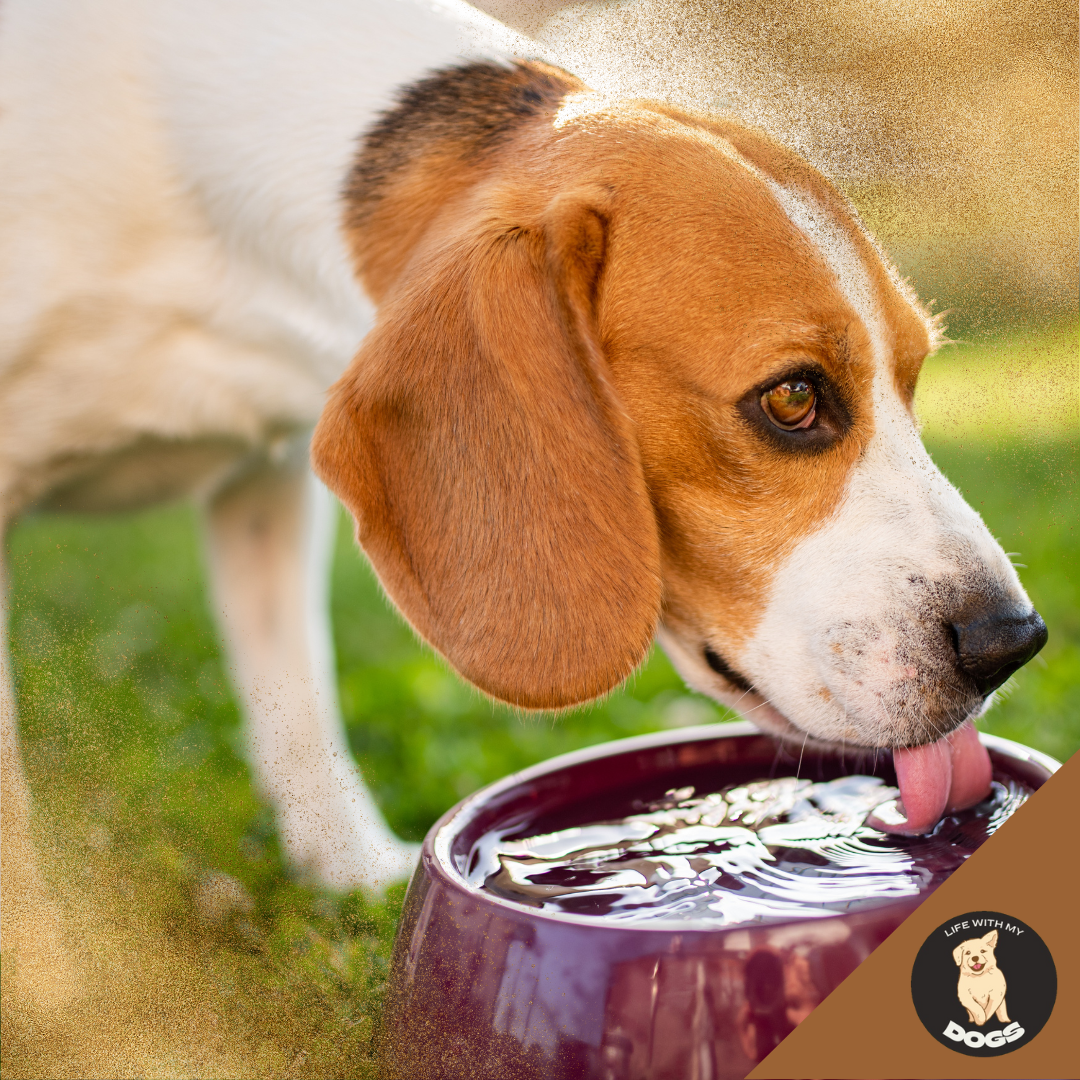
Prioritize Hydration
Hydration is the cornerstone of skin health. Make sure your dog has constant access to fresh water to help maintain moist and supple skin. This is something simple, but it’s often overlooked in our busy lives. Remember, healthy skin starts from the inside out.
Homemade Treatments
Homemade treatments can be quite effective. A common solution is an oatmeal bath. Oatmeal has natural soothing properties and can provide immediate relief for itchy skin. Just blend plain oatmeal into a powder and add it to a warm bath for your dog to soak in.
Omega-3 Supplements
Omega-3 supplements are another path to explore. These fatty acids are vital for skin health, and adding them to your dog’s diet can help improve skin condition over time. Whether you add fish oil to your dog’s food or provide supplements, consult your vet for the proper dosage.
Exercise Caution and Consult a Vet
Of course, it’s important to exercise caution with home remedies. What works for one dog might not work for another, and in some cases, certain treatments could lead to allergic reactions. If you’re uncertain, always reach out to your vet for guidance before trying something new.

Environmental Factors Affecting Canine Skin Health
Environmental conditions can significantly impact a dog’s skin health. Addressing these factors is crucial for preventing dryness and discomfort. Here are key environmental considerations:
| Indoor Factors | Outdoor Factors |
|---|---|
| Humidity Levels: Dry indoor air can strip moisture from the skin. | Weather Exposure: Extreme conditions like hot temperatures or dry climates can dehydrate the skin. |
| Use of Humidifiers: Installing a humidifier helps maintain optimal humidity levels indoors. | Sun Protection: Limit outdoor activities during peak sun hours to prevent sunburn. |
| Allergens/Irritants: Dust, mold, pollen indoors can trigger allergic reactions. | Outdoor Allergens: Pollen, grass, weeds outdoors can cause skin sensitivities. |
| Living Environment: Bedding materials and cleaning products can affect skin health. | |
| Indoor Activities: Heated flooring can reduce ambient humidity levels. |
By addressing these factors, pet owners can create a more conducive environment for their dog’s skin health.
Dry Skin In Dogs: Debunking Myths and Navigating Misinformation
Kudos to you for diving into the world of caring for your pup’s dry skin. But hey, in this era of information overload, it’s super important to navigate with caution because, let’s face it, there’s a ton of myths floating around out there. Despite the temptation of quick fixes and old wives’ tales, not all advice is gonna be spot-on for your furry friend.
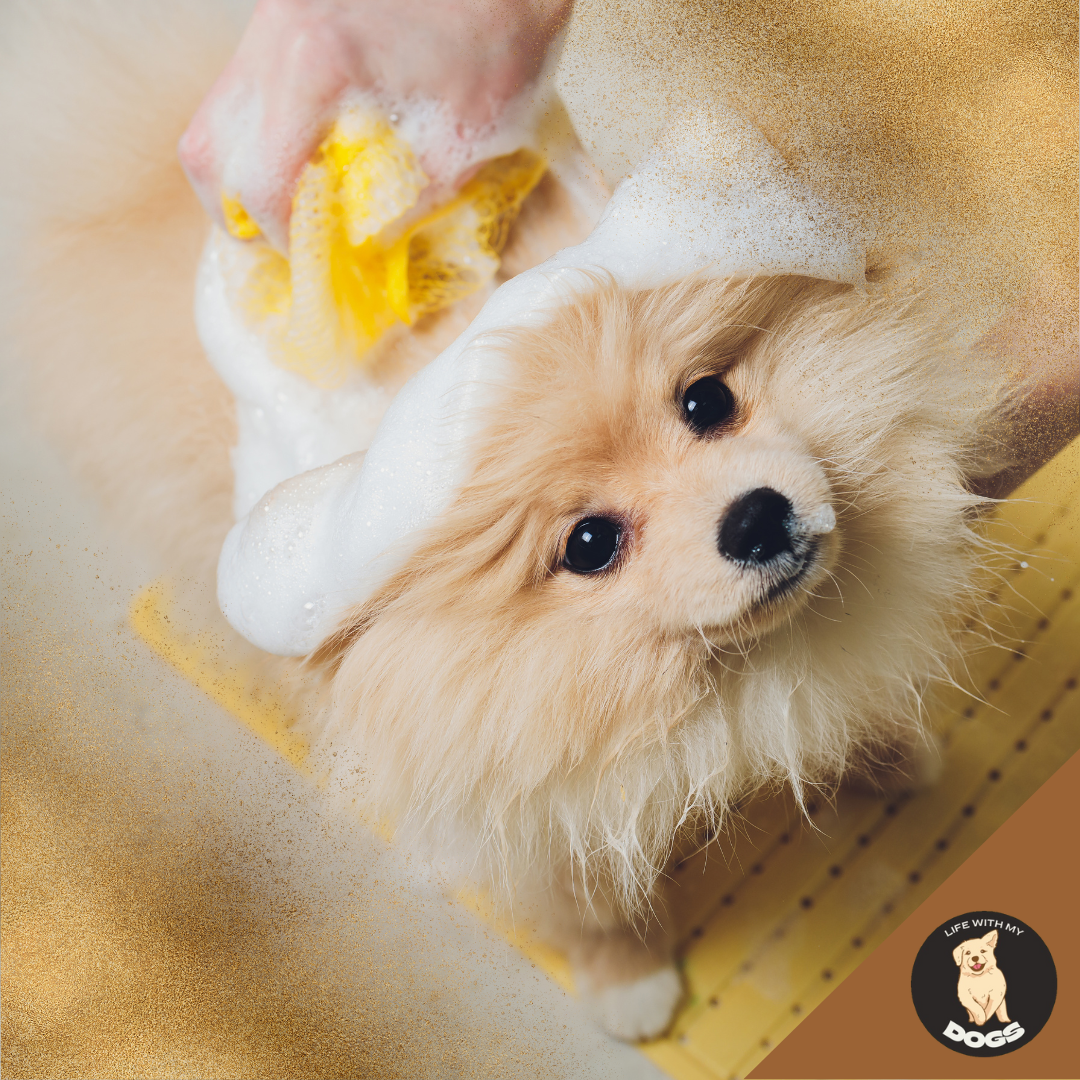
So, let’s bust some myths, shall we? One biggie is thinking that dry skin in dogs is NBD (no big deal). But truth bomb: it could actually be a red flag for something more serious going on underneath. If your pup’s scratching persists, it’s time to dial up the vet. Oh, and please, ditch the idea that your own skincare stuff is A-OK for your pooch. Nope! Their skin’s pH is totally different, so stick to the doggy-approved stuff.
And about those baths…more isn’t always merrier. Yup, over-bathing can actually make your dog’s skin drier. Talk about counterproductive!

As responsible pet parents, we’ve got to make smart choices for our fur babies. Let’s embrace the science-backed treatments we’ve chatted about here, tailored to your pup’s unique needs. After all, our goal is to keep them comfy and happy, from the inside out.
Now, we’re all ears for your stories! Have any of our tips been a game-changer for you? Or maybe you’ve got some sneaky solutions of your own to share? Your experiences could be just what another pet parent needs to hear. So, let’s keep the conversation going and keep our furry pals feeling their best. Share away, friends!
Frequently Asked Questions
For dog owners dealing with their pup’s dry, itchy skin, the following covers the telltale signs to watch for, potential underlying causes, and some home care tips to help provide relief.
What are the common signs of dry skin in dogs?
If you notice your dog scratching more than usual, flakes on their coat, itchiness, or hair loss, these could be signs of dry skin. Additionally, your dog might lick or chew their skin frequently, which can further irritate or infect the affected area.
What are the main causes of dry skin in dogs?
Dry skin in dogs can result from various factors, including allergens in their environment, poor nutrition, lack of humidity, parasites, hormonal imbalances, and even changes in weather conditions. Identifying the underlying cause is essential for effective treatment and management.
How can I prevent and manage dry skin in my dog at home?
Preventing and managing dry skin in dogs involves several daily habits and home care strategies. These include providing a balanced diet rich in essential fatty acids, proper grooming to distribute natural oils, assessing indoor and outdoor environments for dryness, prioritizing hydration, and considering homemade treatments like oatmeal baths or omega-3 supplements. However, it’s crucial to exercise caution with home remedies and consult a vet if unsure about their suitability for your dog.
Excellent Reads To Try


